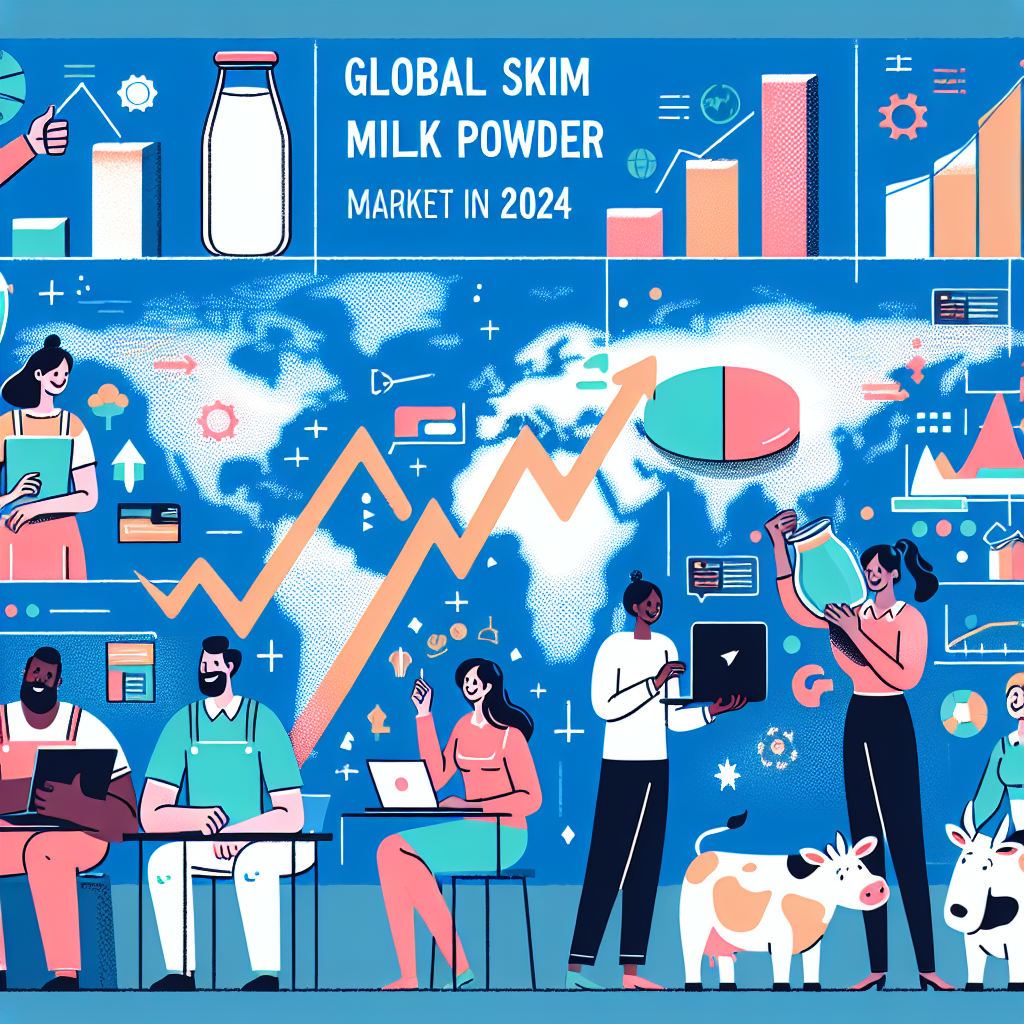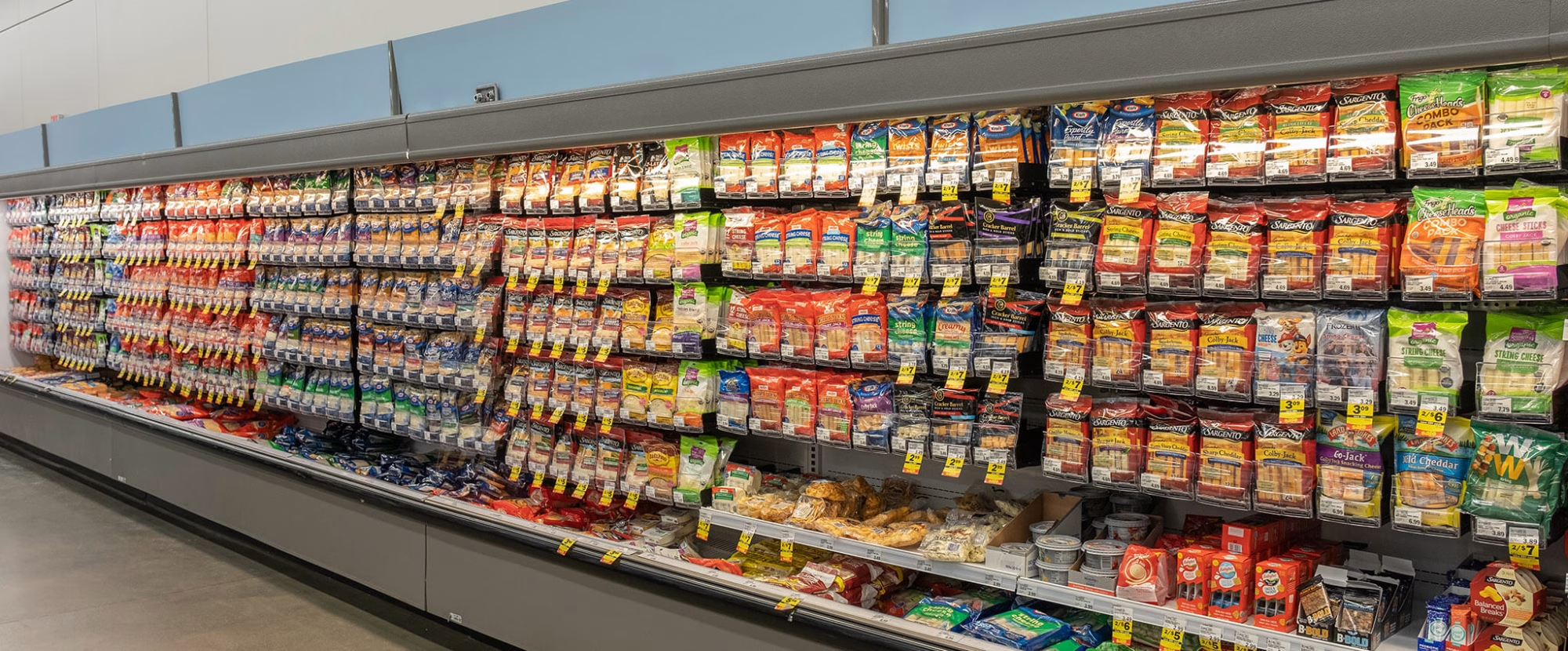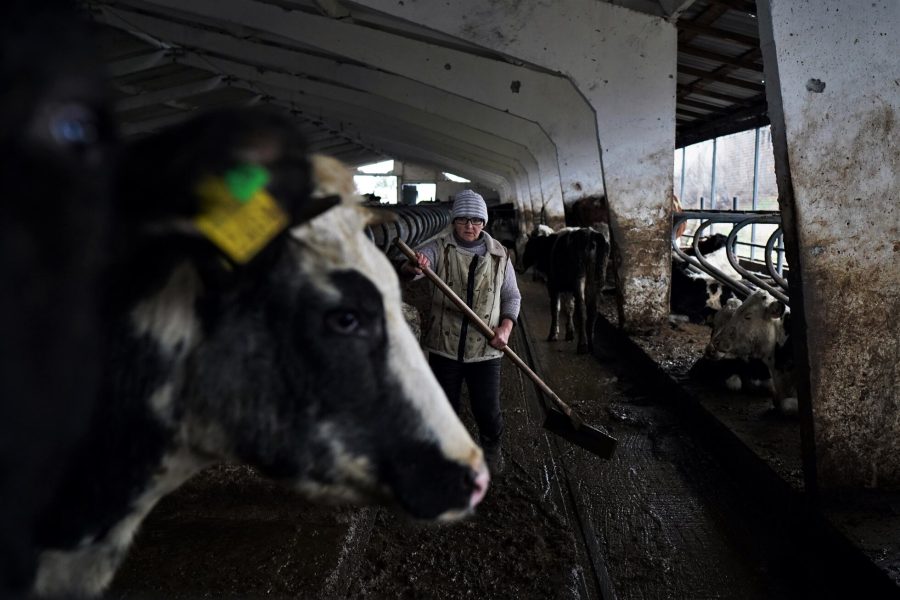Why are cheese futures dropping despite low stocks? What are the implications for dairy farmers and the market? Find out more now.
Summary:
In an unexpected twist, U.S. cheese stocks have dropped significantly, with inventories down by 8% year-over-year and a significant reduction of 26.3 million pounds in October, marking the most substantial decrease since 2019. Despite this, the futures market reflects a downward trend, befuddling industry experts and suggesting that market dynamics may not be as closely aligned with supply conditions as previously thought. Expectations of an eventual surplus due to increased production capacity have shifted market predictions, revealing a complex interplay of forces. Industry stakeholders are prompted to revisit their strategies and potentially invest in export markets or new products to maintain revenue in this uncertain environment.
Key Takeaways:
- U.S. cheese stocks experienced a significant drop, marking the largest decrease from September to October since 2019, contrary to typical seasonal trends.
- American-style cheese inventories decreased by 7.3% year-over-year, while other cheese varieties saw an even sharper decline of 9.3%.
- Despite the previous summer’s rise in cheese and Class III markets, fresh cheese supplies now appear abundant, contributing to a slump in futures.
- With new cheese production facilities coming online, the market anticipates a potential surplus despite low inventory levels.
- Butter inventories, while reduced in October, remain higher than the previous year, influenced by commercial demand and falling spot market prices.

How can cheese futures be slumping when cheese stocks are at historic lows? This perplexing situation puzzles even the most seasoned industry experts. As dairy farmers and industry professionals navigate these turbulent times, understanding the forces at play becomes crucial. This phenomenon underscores the unpredictability of the dairy industry, highlighting the need for stakeholders to grasp complexities to strategize effectively, especially in the face of global competition that significantly impacts the U.S. cheese market. A decline in cheese stocks, a slump in futures prices, and new production capacities introduce unique challenges and opportunities. Delving into this cheese paradox is essential to comprehend how these elements interact and what they mean for the dairy industry’s future.
The Great Cheese Conundrum: Navigating a New Normal in Dairy Stocks
The current landscape of U.S. cheese inventories paints a striking picture of deviation from the norm. A significant downturn was registered in October, as stocks dwindled by 26.3 million pounds, marked by the USDA as the most significant September-to-October drawdown witnessed since 2019. This contraction in inventories defies the usual seasonal growth patterns, which traditionally see a build-up in reserves throughout the year. Historically, a rise of approximately 18 million pounds in stockpiles is expected over the first ten months. Remarkably, 2024 has derailed from this trajectory, witnessing a reduction of 99.9 million pounds, a figure that starkly contrasts with the average. As a result, cheese reserves now stand 8% lower than in the previous year, showcasing a troubling trend that raises several questions about future supply stability.
Unpredictable Patterns: Echoes of History in Today’s Cheese Futures
Cheese futures have sometimes followed a predictable pattern, especially during periods of supply volatility. This can be traced back to the economic unrest of the 2008 financial crisis. Consumer buying power and global trade disruptions impacted dairy prices during that time. Cheese stocks plummeted while futures surged amid fear-driven speculation before stabilizing post-crisis.
In the 1990s, the U.S. dairy market faced regulatory changes that affected supply chains and, consequently, cheese futures. Farmers grappled with new pricing structures, leading to temporary supply bottlenecks similar to today’s situation. Despite initial slumps, long-term trends corrected as markets adapted.
The question remains: is today a repeat of the past, or are we entering uncharted territory? While patterns offer insights, each economic and agricultural environment presents unique variables. The current slump may be a hiccup, a minor correction before equilibrium. Or it could signal a need to reassess our approaches to supply management in an increasingly unpredictable climate.
Strategic Expansion or Imminent Glut: The Path Ahead for Cheese Production
As new cheese production facilities prepare online, the supply-demand landscape may undergo more significant shifts than anticipated. The promise of additional capacity brings the potential for increased output. However, will this automatically cater to the demand or exacerbate the current slump in cheese futures?
New vats equate to an expanded arsenal for cheese producers, potentially flooding the market with a surplus when demand may not be strong enough to absorb it. Historically, dairy farmers have been cautious about the ‘build it and they will come’ philosophy. More production facilities do not inherently guarantee a synchronized increase in consumption.
For dairy farmers and cheese producers, this mismatch could result in lower prices with more competition and pressure to innovate and seek broader markets. There’s a scenario where cheese prices could further plummet if the additional supply overshoots demand. It’s crucial to consider whether the global appetite for American cheese varieties will surge or producers might have to pivot strategies.
Furthermore, producers might need to consider export markets or explore new product innovations to sustain revenue streams. Strategically, decision-makers must carefully assess market opportunities and potential constraints. As the industry expands its capabilities, prudent management and strategic forecasting are needed to avert a surplus-driven price drop.
The Double-Edged Sword of Supply and Demand
The supply-and-demand puzzle is at the heart of the recent cheese paradox. On one hand, dwindling inventories suggest a tighter market and rising prices. Yet the futures market signals otherwise. What gives?
Part of the answer lies in the supply chain dynamics. Over the past year, dairy farms have invested in new cheese vats, expecting an increase in milk production. This technological expansion aims to churn out a greater volume of cheese shortly. As these vats go operational, the market anticipates an influx of cheese, turning the current tight supply into a potential surplus. This expectation depresses futures prices despite present low stocks.
The perception of future abundance shapes current market behavior. Suppose buyers believe that cheese will be more plentiful and cheaper tomorrow. In that case, they’re less inclined to purchase aggressively today, which counters immediate scarcity. This forward-looking mindset is critical to current market sentiments and price adjustments.
Navigating Uncertainty: Balancing Strategy in a Fluctuating Cheese Market
For dairy farmers and industry stakeholders, the slump in cheese futures amidst dwindling stocks is a perplexing navigational challenge. In a world where supply doesn’t dictate market steadiness, pricing strategies hang precariously in the balance. Farmers are caught in a seesaw of anticipation and caution, questioning whether to ramp up production in hopes of a future price rise or to pull back, minimizing potential losses.
Related businesses must tread carefully, too. With the anticipation of new vats emerging soon, the specter of an impending surplus looms large. This could drive prices even lower, affecting the entire supply chain. But what if demand surges unexpectedly? It’s a precarious guessing game emphasizing the need for agile, informed decision-making that blends experience with foresight.
In this market landscape, long-term planning is more art than science. Now more than ever, stakeholders, from farmers to marketers, require crystal-clear communication and cooperative strategies to weather recent trends’ unpredictability. This is a test of resolve and adaptability. Are we ready for it?
Butter’s Balancing Act: A Tale of Surplus in a Sea of Cheese Shortages
The volatility in dairy commodities extends beyond cheese; butter presents its complexities. While cheese stocks have significantly declined, butter inventories paint a contrasting picture. Warehouses still hold an 11.4% surplus compared to the previous year despite a seasonal drop in October [USDA]. This surplus starkly contrasts the depleted cheese reserves, indicating divergent inventory trends within the dairy sector.
Pricing dynamics differ as well. Once bullish, the market for cheese, especially fresh Cheddar, is now under pressure from potential oversupply, leading to lowered futures and spot prices. Conversely, butter prices have dipped sharply, influenced by hefty supplies and abundant cheap cream, marking a significant downturn over the last three months [CME]. These differences highlight the multifaceted nature of dairy markets, where supply shifts and pricing are not uniform across products, presenting unique challenges and opportunities for industry stakeholders.
Global Tapestry: The Unfolding Story of Cheese Futures
The global cheese market is a tapestry of intricate interactions where international trade dynamics significantly shape U.S. cheese futures. As American cheese stocks shrink, eyes turn to the export demand that partly siphons away domestic supply. The U.S. has a growing presence in the global market. Still, it faces fierce competition from European powerhouses like Germany and France, whose rich cheese traditions make them formidable rivals in volume and variety.
Trade policies further complicate the landscape. Tariffs and trade agreements dictate cheese flow across borders, impacting price and availability. For instance, recent trade tensions and tariffs have led to volatile market conditions, affecting U.S. cheese exporters’ competitiveness abroad. However, opportunities arise with favorable trade agreements that can open new markets or enhance existing ones, thus influencing futures.
Foreign producers continue to challenge U.S. market share. Nations with solid cheese industries aggressively pursue international buyers, leveraging their unique product offerings. As these players gain ground, the U.S. must strategically adjust to maintain its competitive edge. This involves responding to international pricing pressures and anticipating changes in consumer preferences and global supply shifts.
The intricate dance of export demand, trade policies, and international competition shapes the U.S. cheese futures landscape. As these elements shift, stakeholders must remain agile and continually recalibrate strategies to navigate this complex global market. The question remains: How will the U.S. adapt to ensure its cheese producers thrive amid these ongoing global changes?
The Bottom Line
The paradox of dwindling cheese stocks juxtaposed with plummeting futures is a testament to the intricate dance of supply and demand that defines our dairy markets. While inventories decline, expectations of future surpluses create a complicated scenario that challenges producers and traders. As we grapple with this volatile environment, what strategies might be required to ensure stability in the face of such unpredictability? How do we safeguard against the cyclical market shifts that risk profit margins and production capabilities?
Your insights are vital. We invite you to share your thoughts and experiences on these dynamic market forces. How are you adapting to the changing landscape? Join the conversation by commenting below or connecting with us on our social media channels. Let’s navigate these dairy dilemmas and shape the industry’s future together.
Learn more:
- Markets are not Bullish or Bearish, but Indecisive: Cheese Stocks Shrink Amid Soaring Milk Demand
- The February Dairy Supply and Utilization report from the USDA revealed market secrets
- What’s Driving the Cheese Market? A Surge in Prices Explained
 Join the Revolution!
Join the Revolution!
Bullvine Daily is your essential e-zine for staying ahead in the dairy industry. With over 30,000 subscribers, we bring you the week’s top news, helping you manage tasks efficiently. Stay informed about milk production, tech adoption, and more, so you can concentrate on your dairy operations.







 Join the Revolution!
Join the Revolution!

















